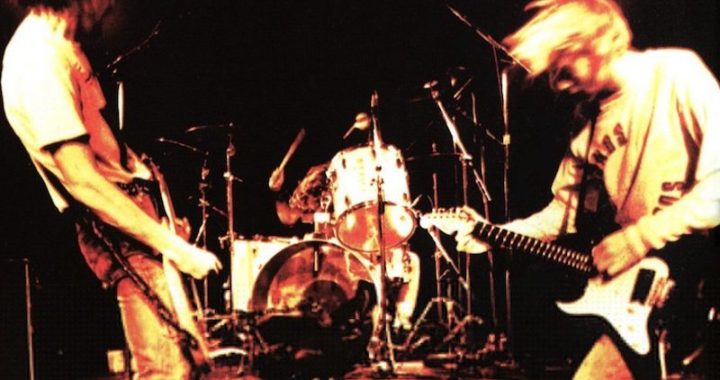There’s a lot to a melody that listeners don’t really notice. Most of the time, audiences will be aware of the patterns and shapes formed by a melody going up and down, but beyond that, they’re only slightly aware of a melody’s other important attributes:
- the range (i.e., the distance between the highest notes and the lowest notes);
- the direction (i.e., whether a melody is moving upward or downward);
- the rhythm (i.e., the rhythms formed by the lyric that gets added to the melody);
- the phrase lengths (i.e., whether the fragments of melody that join together are short fragments or longer ones.)
 Words and music need to act as partners in a song, but how do you make sure your melody is helping your lyric? That’s what Chapter 5 of “The Essential Secrets of Songwriting” deals with. Get that eBook as part of the 10-eBook Bundle, or purchase it separately.
Words and music need to act as partners in a song, but how do you make sure your melody is helping your lyric? That’s what Chapter 5 of “The Essential Secrets of Songwriting” deals with. Get that eBook as part of the 10-eBook Bundle, or purchase it separately.
On that last point — phrase length — that’s actually something even songwriters tend to not think a lot about. But if you haven’t, you should.
What is a Phrase?
In music, a phrase is the equivalent of a fragment of a sentence. Wherever you’d put a comma or a period is where one phrase ends. In music, it’s not as clearcut, but generally speaking, where you breathe as you sing a melody tends to be at the end of a phrase (or sub-phrase).
Sometimes the phrase is short, and the breath you take is simply the middle of a longer phrase. The children’s song “Twinkle Twinkle Little Star” is a good example. The first two lines together form a phrase:
Twinkle twinkle little star,
How I wonder what you are.
And that little breath you take at the end of the word “star” marks what we’d call a “subphrase”.
So it’s a relatively long phrase, and that makes sense, because long phrases generally tend to feel more relaxed, perhaps even contemplative.
Adjusting the Length of Musical Phrases: “Smells Like Teen Spirit”
But this is where things can get interesting. As the songwriter, you can play around with the length of a phrase, and you’ll notice that musical intensity gets affected by it.
In general, the shorter a musical phrase, the more intense the music feels. And one of the best examples of how this works can be heard in Nirvana’s “Smells Like Teen Spirit.”
When you compare the verse and chorus, and the basic feel of the music, you hear a large jump in intensity when the chorus starts. Part of the intensity, of course, comes from the leap upward in melodic range: the chorus notes are a lot higher than the verse notes. And the instrumental accompaniment is a lot busier and a lot louder.
But what may be less noticeable is the length of the musical phrases. In the verse, the phrases are comparatively long — four bars in length, and those four bars get melded together with phrases that follow:
Load up on guns, bring your friends
It’s fun to lose and to pretend
She’s over-bored and self-assured
Oh no, I know a dirty word
In the chorus, you hear everything suddenly tighten up, and the melody gets chopped into short fragments:
With the lights out, it’s less dangerous
Here we are now, entertain us
On paper, the lyrics don’t show this shortening of melodic phrases, but as you listen, you hear that every subphrase gets placed in its own range, separate from the ones that come before and after:
- Placed mid-range: “With the lights out”
- Placed high: “it’s less dangerous”
- Placed low: “Here we are now”
- Placed high: “entertain us”
Each time the melody leaps into a new range, we hear it as the start of a new phrase. This shortening up of phrases is a crucial part of building musical intensity.
Not every song will do this, because songwriters have lots of ways to build musical intensity (moving melodies higher, making instrumentation busier, changing chords more frequently, etc.) But it is certainly a powerful tool that you can be using particularly if you find that your chorus is lacking some power.
 Written by Gary Ewer. Follow Gary on Twitter.
Written by Gary Ewer. Follow Gary on Twitter.
 “Hooks and Riffs: How They Grab Attention, Make Songs Memorable, and Build Your Fan Base” shows you how a good hook can make the difference between songwriting success and failure. With great examples from pop music history.
“Hooks and Riffs: How They Grab Attention, Make Songs Memorable, and Build Your Fan Base” shows you how a good hook can make the difference between songwriting success and failure. With great examples from pop music history.










